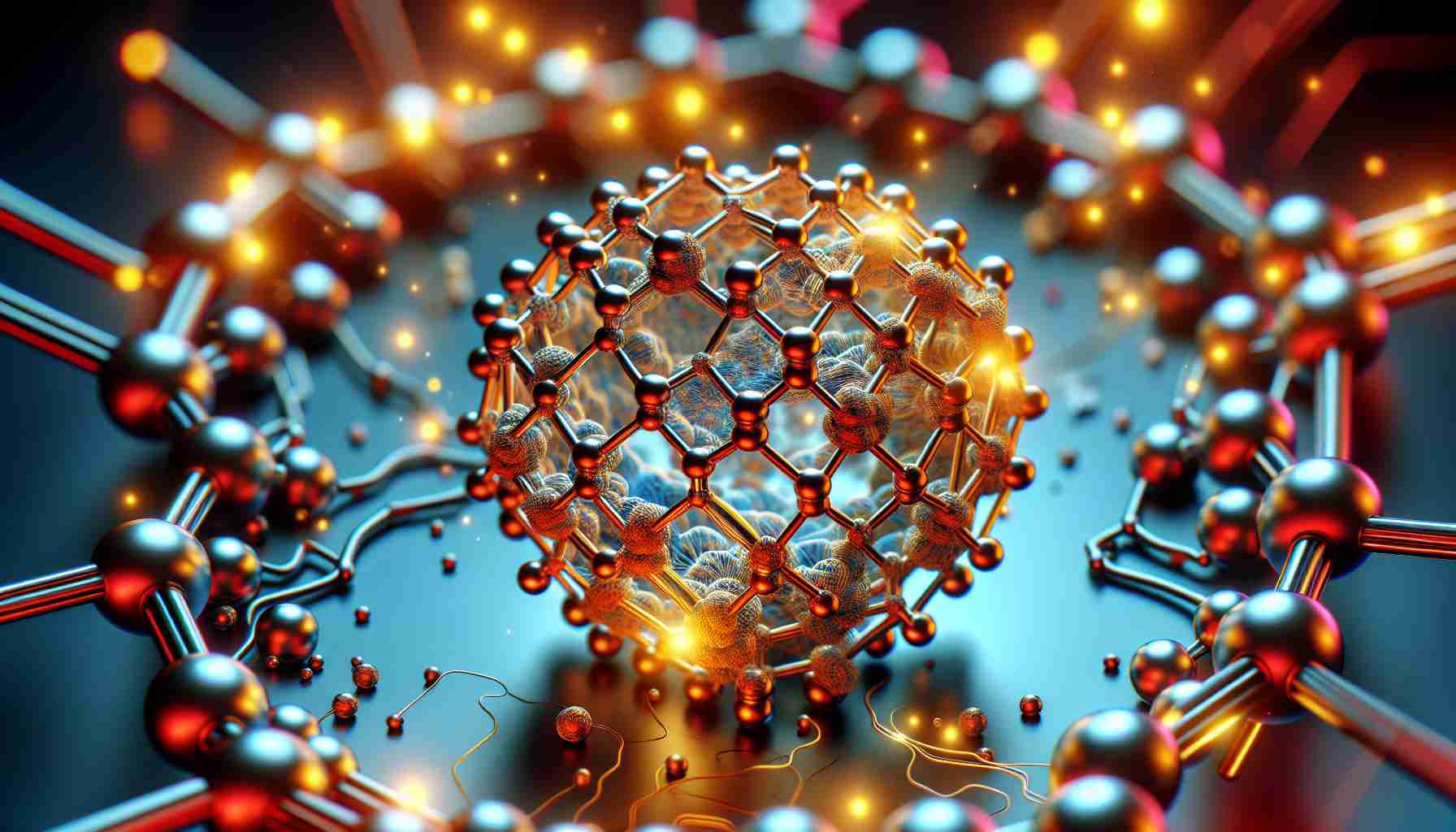Nanotechnology provides us with new tools for controlling the structure of materials on a nanoscale, promising a whole set of nano tools for engineers to create next-generation materials and devices.
Scientists from the Tokyo Metropolitan University, led by Professor Yasumitsu Miyata, are studying ways to control the structure of transition metal dichalcogenides (TMDC) compounds, a class of compounds with a wide range of interesting properties, such as flexibility, superconductivity, and exceptional optical absorption.
In their latest work published in the journal ACS Nano, they focused on developing new methods for creating nanoribbons, thin nanosheets folded into compact structures resembling ribbons. This is an attractive approach for creating multilayer structures because the structure of each nanosheet is the same, and the orientations of individual layers are synchronized. However, the existing two methods for creating nanoribbons have significant problems.
In one of them, the removal of sulfur atoms from the surface of the nanosheet causes distortions that lead to the folding of the sheet but also destroy the crystalline structure. In the second process, a solvent is introduced between the nanosheet and the substrate, loosening the sheet from the base and allowing the formation of defect-free nanoribbons. However, tubular structures created in this way tend to have large diameters.
Instead of these approaches, the team developed a new method for folding the nanosheets. They started with a monolayer molybdenum diselenide nanosheet that was plasma-treated and replaced the selenium atoms on one side with sulfur atoms; such structures are called Janus nanosheets, referring to the ancient two-faced goddess. The careful addition of a solvent loosens the sheets from the substrate, which then spontaneously fold into ribbons due to the asymmetry between the sides.
These new nanoribbons have lengths of several micrometers, significantly longer than previously made monolayer TMDC nanosheets. Furthermore, they are tighter than ever before, with a center diameter of five nanometers, meeting theoretical expectations. It was also found that nanoribbons strongly interact with polarized light and exhibit hydrogen production properties.
With remarkable control over nanostructure, the team’s new method provides a foundation for investigating new applications of TMDC nanoribbons in catalysis and photovoltaic devices.
More information:
Masahiko Kaneda et al, Janus Monolayer Transition Metal Dichalcogenide Nanoribbons, ACS Nano (2024). DOI: 10.1021/acsnano.3c05681
Nanotechnology is the field of science that deals with controlling the structure of materials on a nanoscale. Scientists from the Tokyo Metropolitan University are conducting research on ways to control the structure of transition metal dichalcogenides (TMDC) compounds. TMDC is a class of compounds with diverse properties, such as flexibility, superconductivity, and optical absorption.
The researchers focused on developing new methods for creating nanoribbons, which are thin folded structures resembling ribbons. Previous methods for creating nanoribbons had certain issues. One method led to the destruction of the crystalline structure, while the other resulted in large tube diameters.
The research team developed a new method for folding nanosheets using Janus nanosheets. These nanosheets have an asymmetric structure, which causes them to spontaneously fold into ribbons when a solvent is added. The new nanoribbons are longer and tighter than previously made TMDC nanosheets. Their interactions with polarized light and hydrogen production properties make nanoribbons a promising material for catalysis and photovoltaic applications.
More information on this topic can be found in the scientific article titled “Janus Monolayer Transition Metal Dichalcogenide Nanoribbons,” published in the journal ACS Nano by Masahiko Kaneda et al. [Link to the article](http://dx.doi.org/10.1021/acsnano.3c05681)
The source of the article is from the blog meltyfan.es
